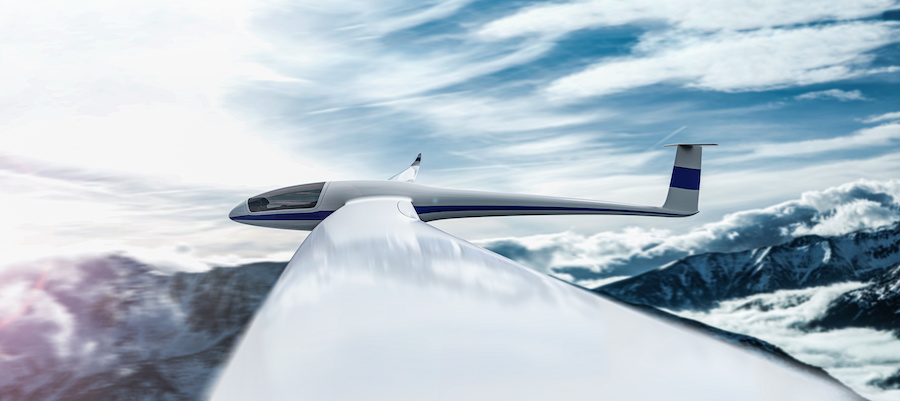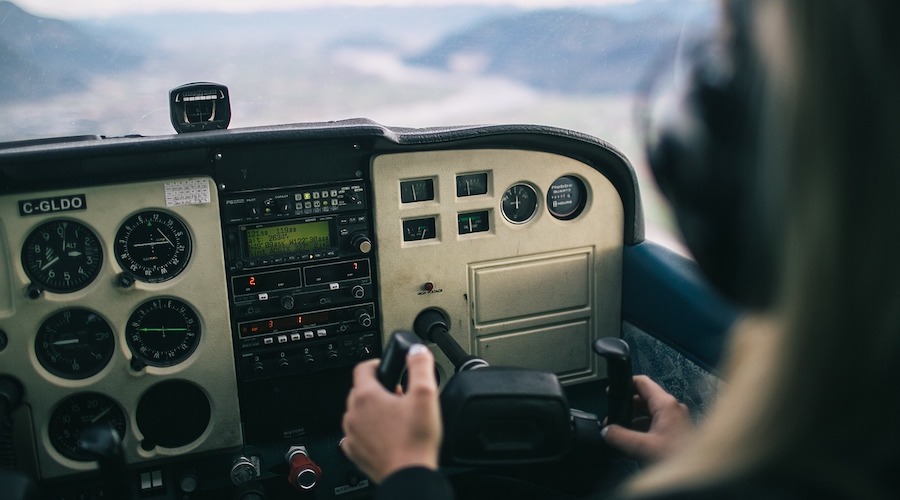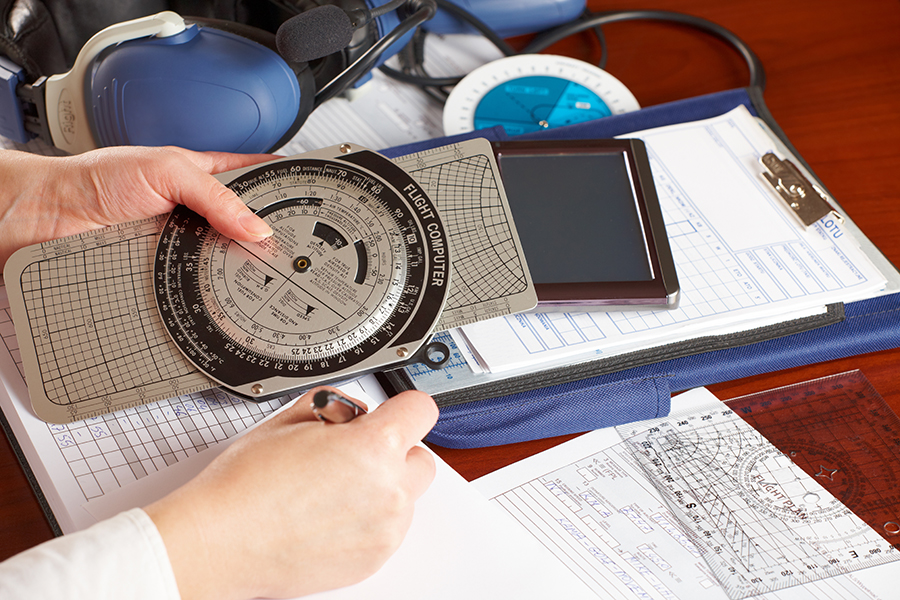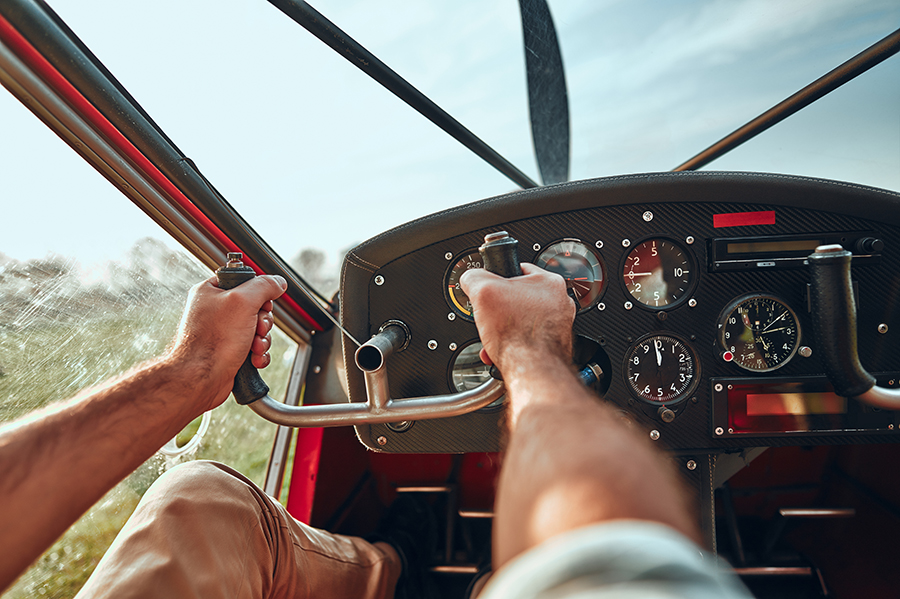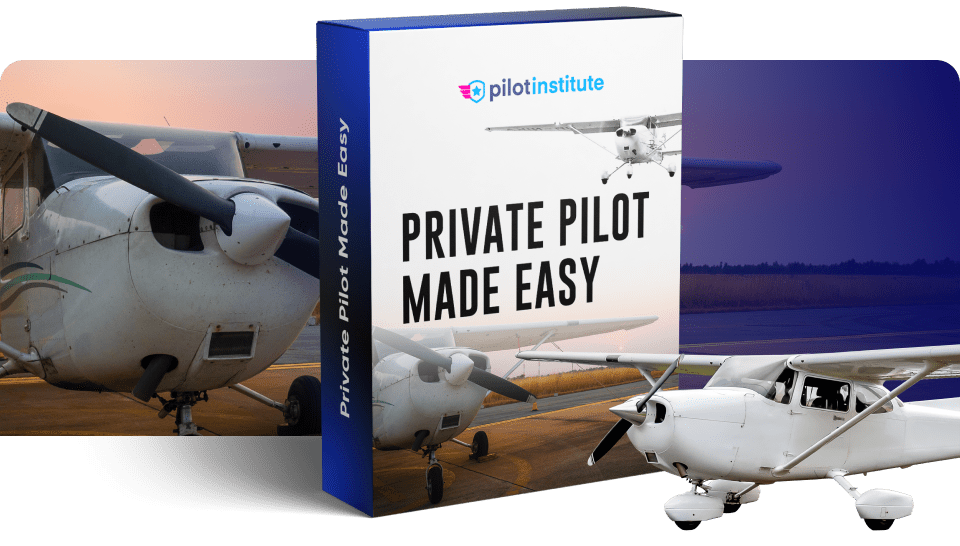Gliding has a reputation as a niche sport, and FAA statistics appear to support this view. With almost 700,000 active pilot certificates recorded in the US in 2020, only 20,000 of those are for gliders. Yet, gliding is a common low-cost entry to flying training outside the US, teaching students a range of skills critical for competent pilots. Maybe it’s time to consider recognizing it as such here too?
With training costs ever-increasing, revisiting gliding makes sense. We’ll review the requirements for obtaining your license, and then we’ll discuss the cost and training benefits you gain from beginning your aviation career in gliders.
Where To Begin
The FAA requires those undergoing flight training to get a student pilot certificate before their first solo. Prerequisites for certificate issue include the need for competently written and spoken English communication and a minimum age of 14-years. This age limit compares favorably with the 16-years required to learn in powered aircraft. An extra benefit of flying gliders is that an FAA medical certificate is not required.
An FAA-Certified Flight Instructor for Gliders (CFIG) must endorse your student certificate to allow you to fly solo. This endorsement occurs once your instructor considers you have reached the required competency. An average time to reach solo is between 10 to 12 hours, comprising 30 to 40 flights.
Once solo as a student pilot, it is an FAA rule that an instructor endorses your logbook every 90-days reauthorizing solo flight.
Private Pilot – Glider
Post solo, students may choose to pursue their Private Pilot – Glider certificate. The experience requirements for the issue are a minimum 10 hours flight time, comprised of at least 20 flights. Of those hours, two must be solo, with a minimum age requirement of 16-years. You must also pass both written and flight exams.
Cost Comparison
When gliding, the pricing is more structured than with power flying. You pay for an aero-tow from a powered aircraft that takes you to altitude. You’ll usually pay a fixed rate for a tow to 1,500 feet, then an additional cost per 1,000 feet above that. You also pay for glider hire and sometimes for instructor time. Many costs depend on whether you’re learning in a school or a club.
Average costs to achieve solo in a glider are between $1,800 and $2,300. From solo, the average cost to pass your Private Pilot – Glider certificate will be an additional $1,500 to $2,200. That equates to a total of $3,300 to $4,500 for a Private Pilot – Glider certificate.
Compare that figure to the approximate $6,000 to achieve a Sport Pilot certificate or $15,000 for a full Private Pilot – Airplane.
Benefits From Learning Gliding
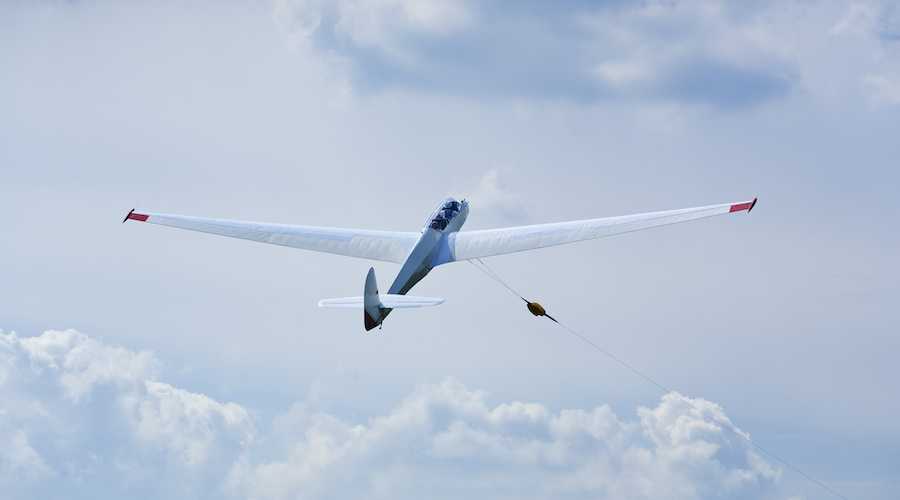
Once you have gained your private pilot certificate in gliders you may, if you wish, add a single-engined aircraft rating having met the additional skill requirements of the aircraft type. You must also gain an airman medical certificate. The hours you gain from your gliding all count to your total flying time. The cost benefits aside, there are many skills you gain from starting in gliders.
Without an engine to manage, gliding strips flying back to its fundamentals. For beginners, the ability to focus on learning flight fundamentals without the noise and complexity of an engine makes early training less intimidating.
In gliding, situational awareness is everything. You must know where the airstrip is, your altitude, the prevailing conditions, your ability to return, and an alternate landing area. You learn these skills from day one.
While pilots of powered aircraft practice emergency landings for the day the engine stops, few believe it ever will. When gliding, every landing is an emergency landing, and you don’t get the chance to go around and have another go. Glider pilots must be ahead of their aircraft, planning their approach and watching the local conditions for change.
Glider pilots fight to extract energy from the surrounding conditions, rapidly learning how hard-won is altitude and that energy conservation is all. Slight yaw or abrupt control movements wastes hard-won altitude and jeopardizes returning to the airfield. If you wish to see smooth, fluid, and accurate flying, watch an experienced glider pilot in action.
Early in a glider pilot’s training, they must learn to fly in close formation on another aircraft. The tow plane is only 60 to 70 feet away at the end of a rope. As a learner, you learn to smoothly transition the glider from a high-tow position to a low-tow position without making the tow pilot’s life difficult.
Glider pilots learn basic and advanced skills very early in their training, allowing them a rapid transition to powered aircraft should they choose.
Summary
Gliding is a pure form of flight, and for a pilot to be proficient, they must develop an innate understanding of weather, local conditions, and aerodynamics. Landings demand precision and planning, while every flight requires pilots to have their heads out of the cockpit, exercising acute situational awareness. Adverse yaw is the enemy, requiring balance and coordination in turns. A light touch on the controls is demanded, as is an intimate feel for the movement of the aircraft.
These skills are undoubtedly required of those piloting powered aircraft, yet too often, students learn to sit in a cockpit, leaden-footed, allowing the propeller to pull them around the sky. Circuits are flown by the numbers, and if you’re landing short, burning a bit more fuel soon fixes that. Landing long, you go around, and when the engine stops, it constitutes an emergency.
There’s an argument to be made for including gliding training for ab-initio pilot training. There is no doubt that the standard of skills learned is higher, but there’s also the cost issue. Once you add a single-engined aircraft rating to a Private Pilot – Glider certificate, it’s hard to say how much you save over the traditional route to a license, yet I’m convinced you will save.
Wherever you end up price-wise, I’m sure that the route taken will make you a better pilot. Maybe it’s time to consider taking gliding out of the niche it’s consigned and bringing it into the mainstream pilot certification route?
